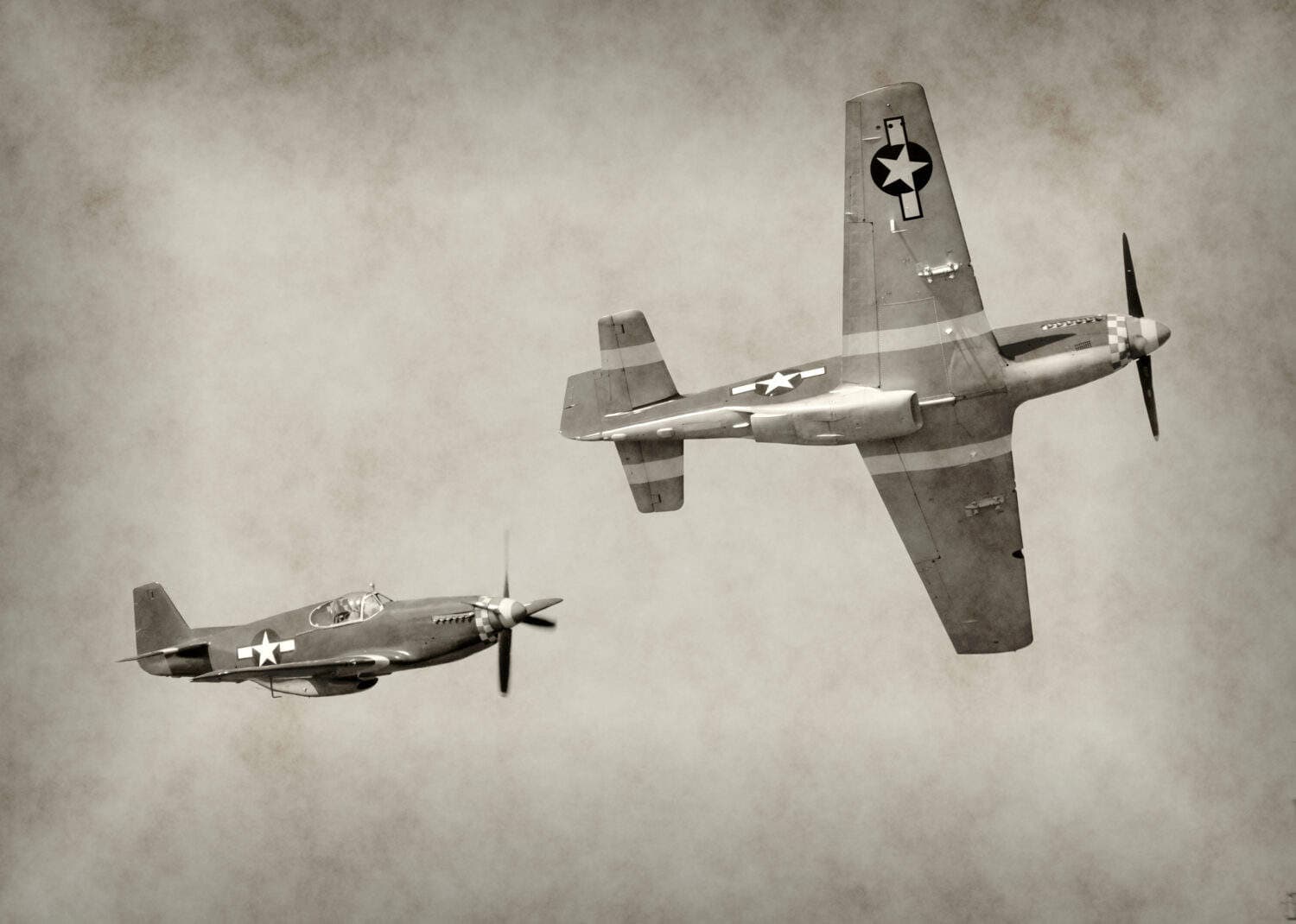
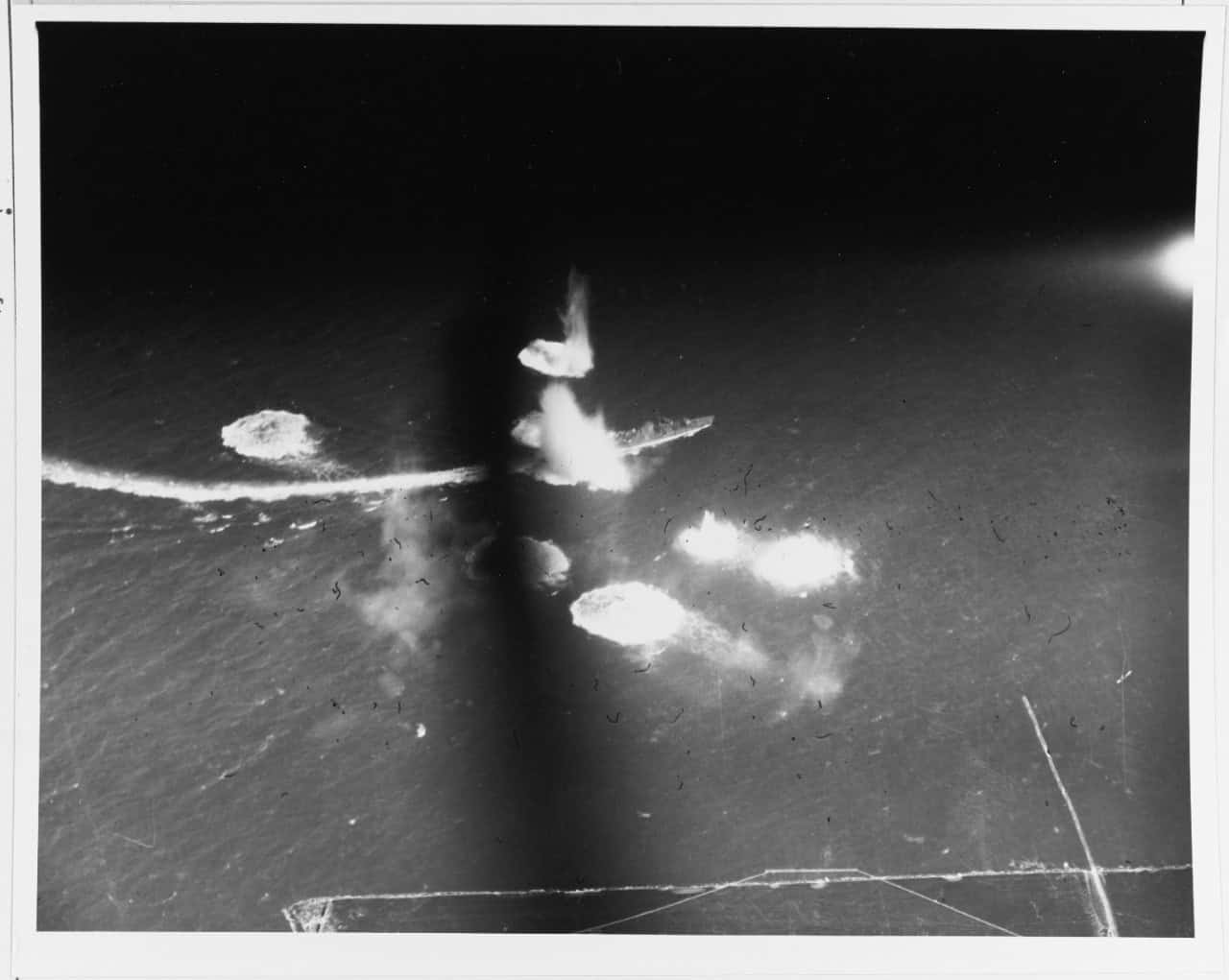
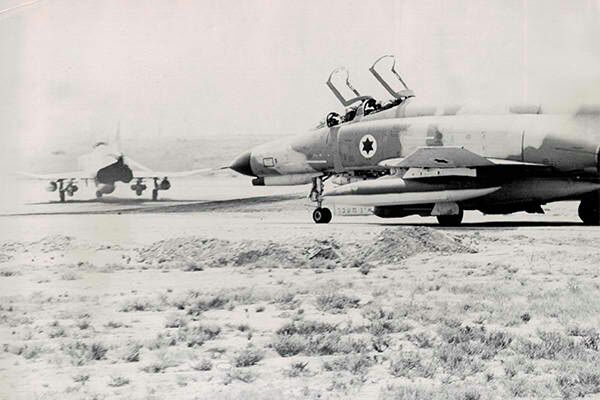
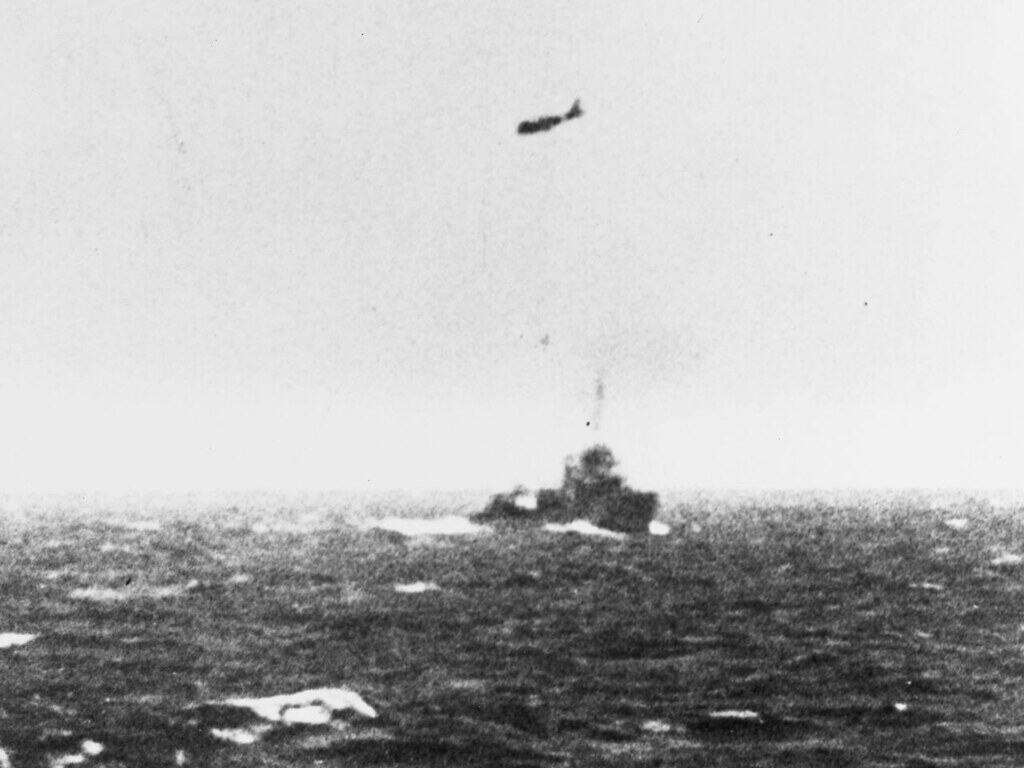
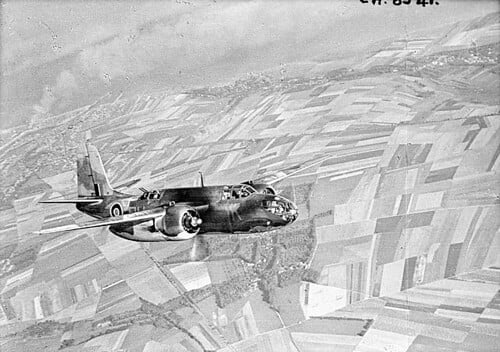
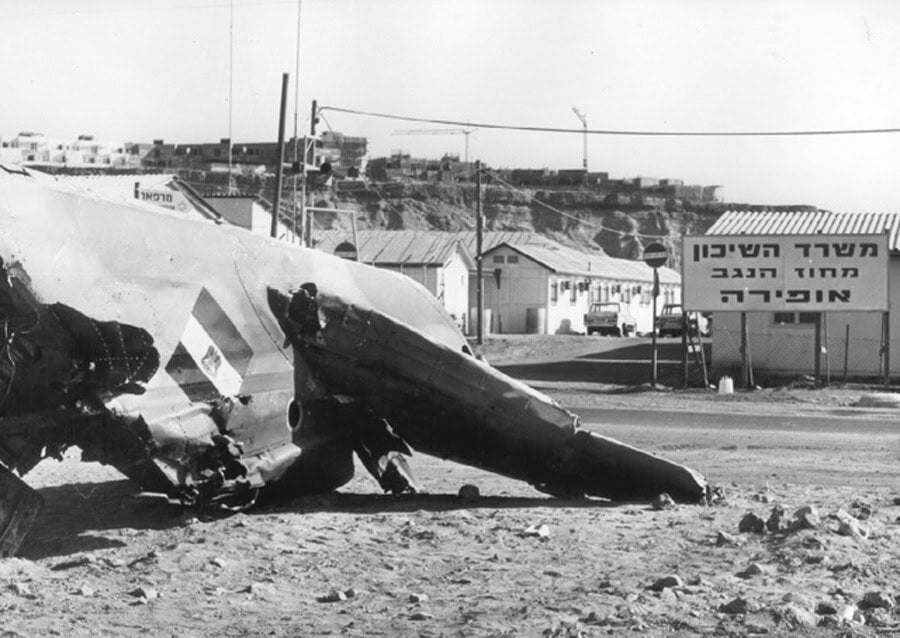
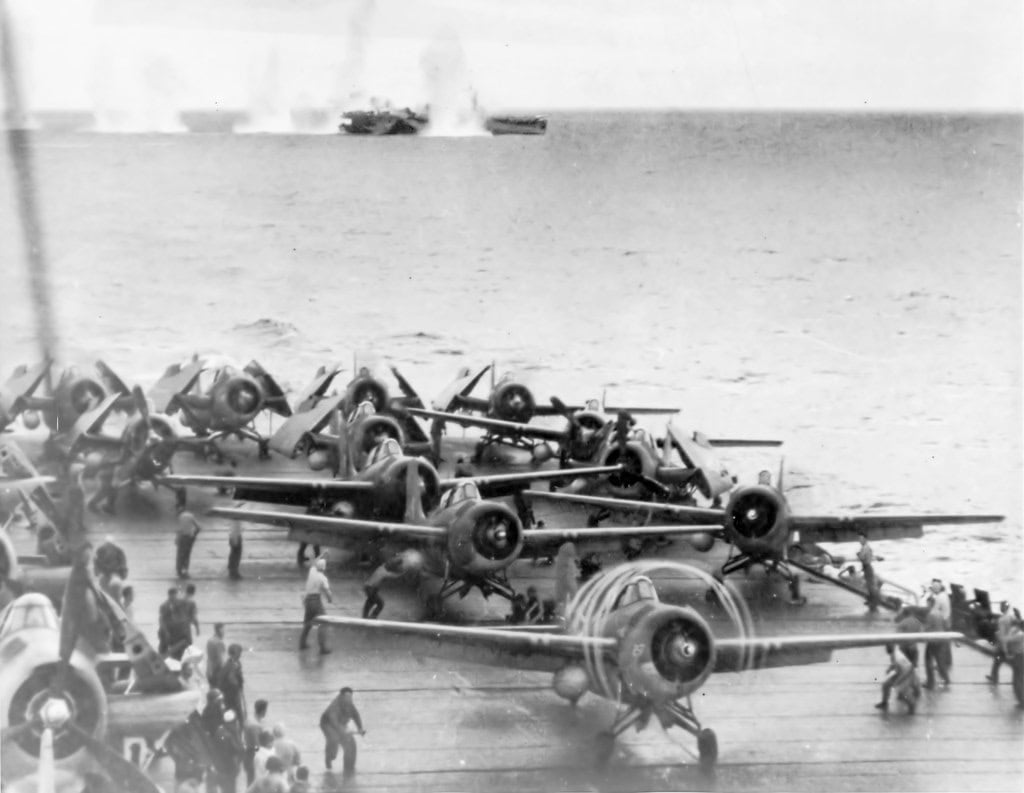
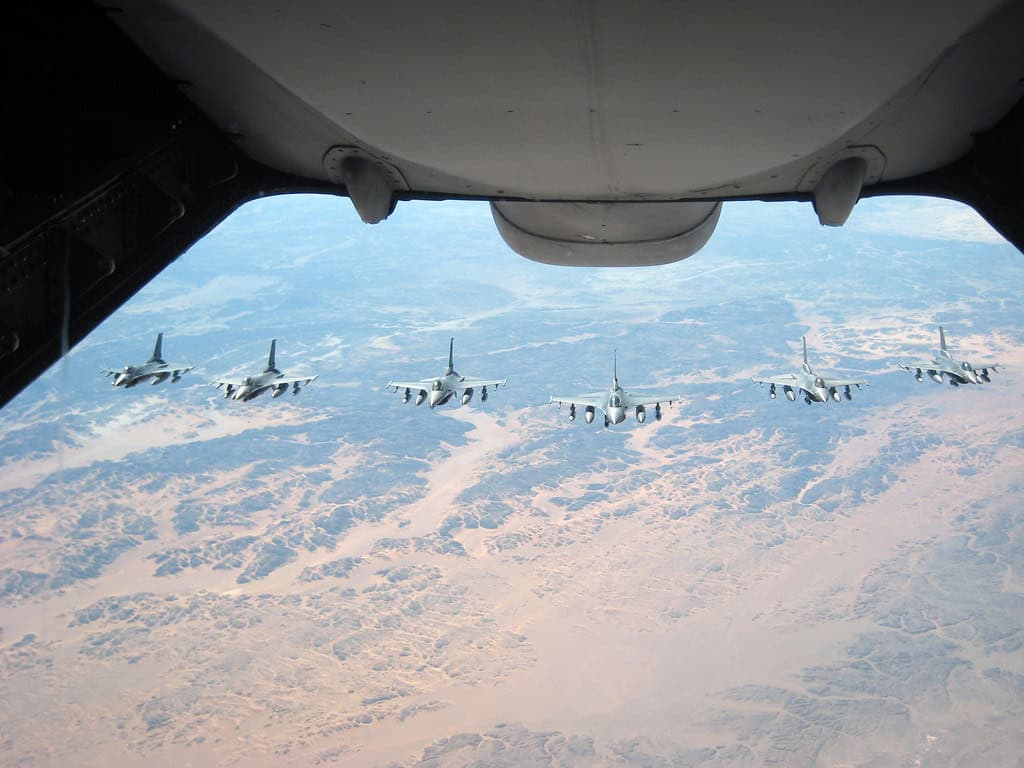
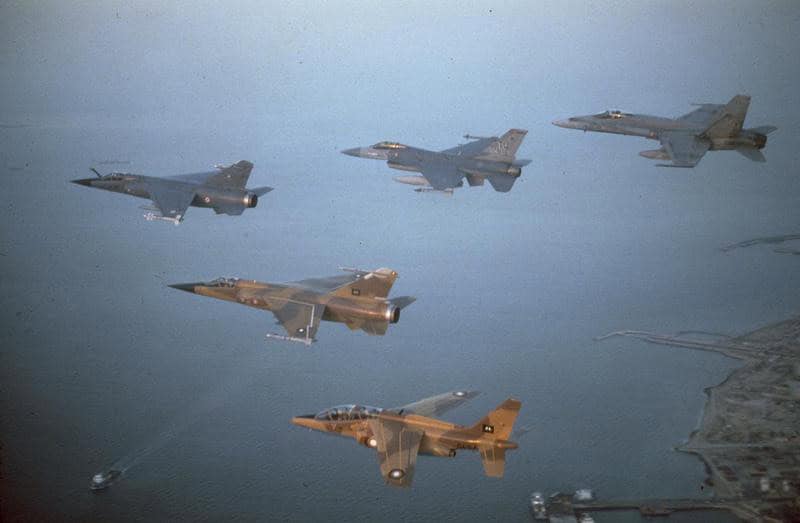
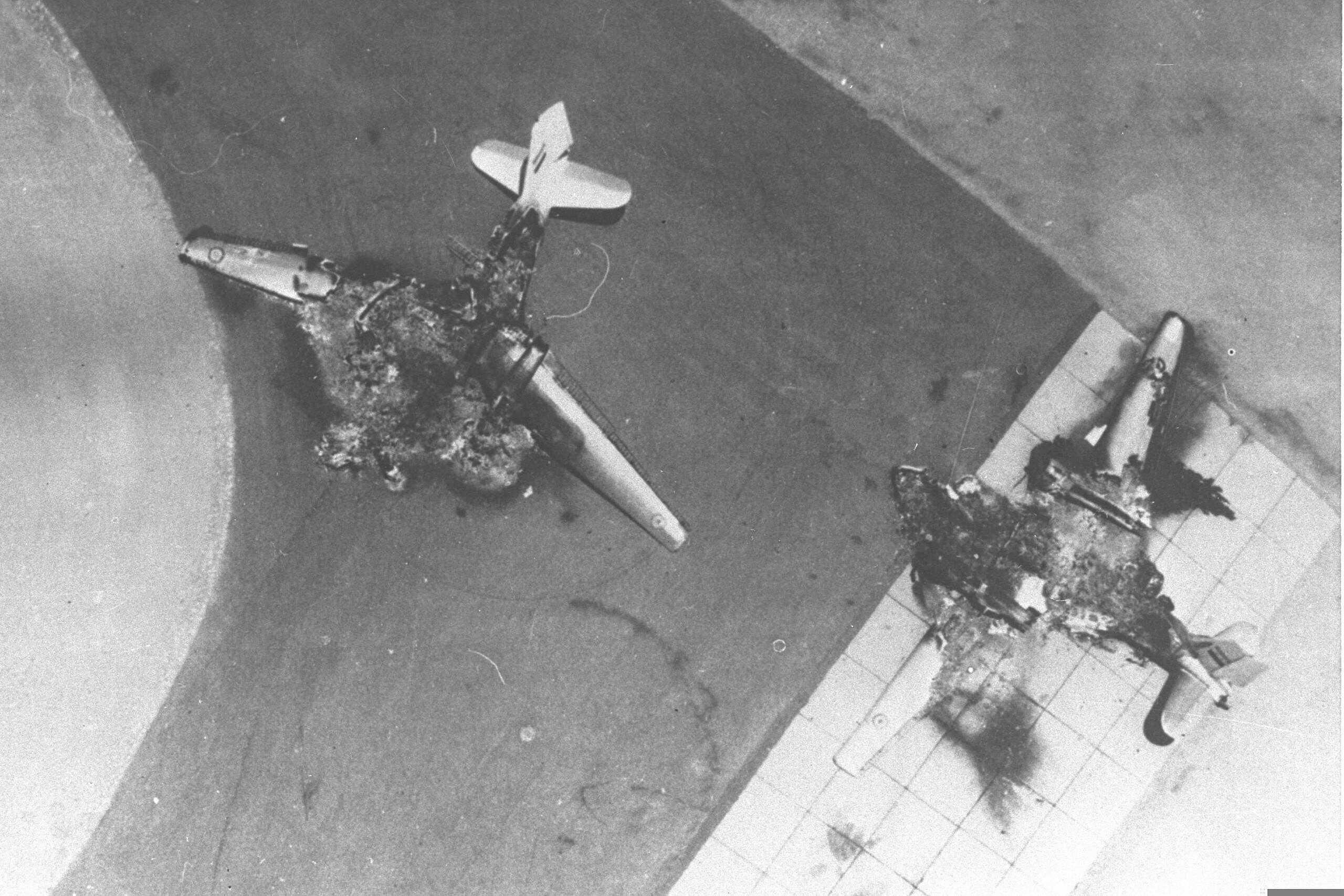
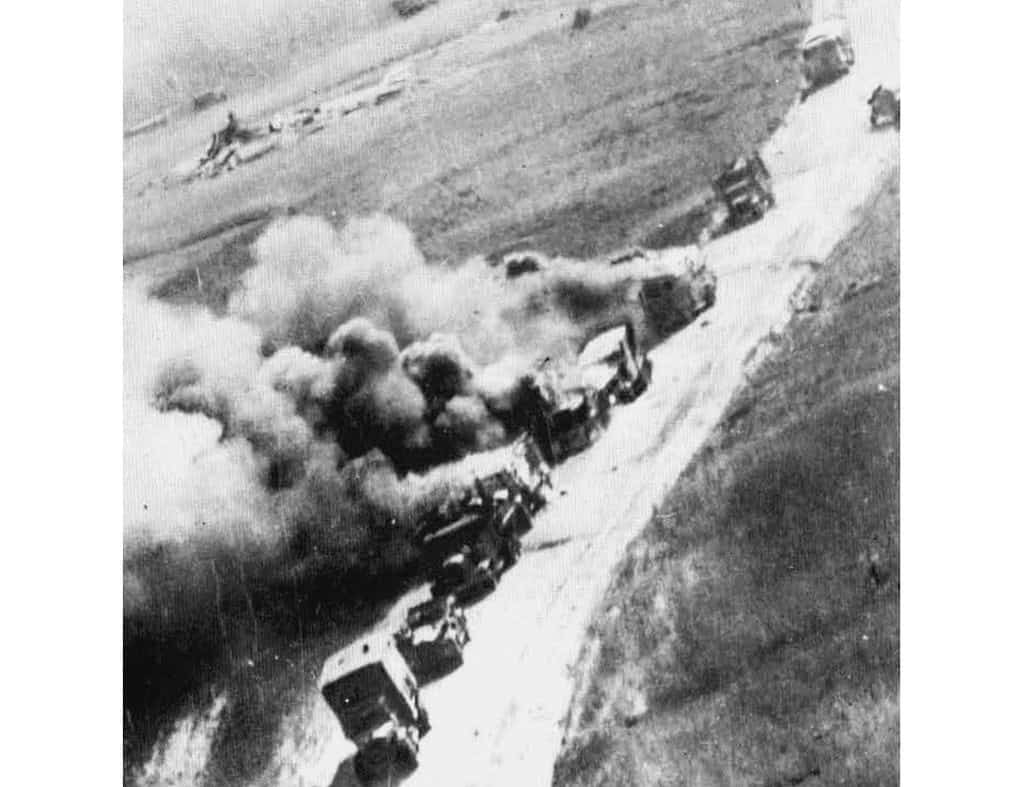
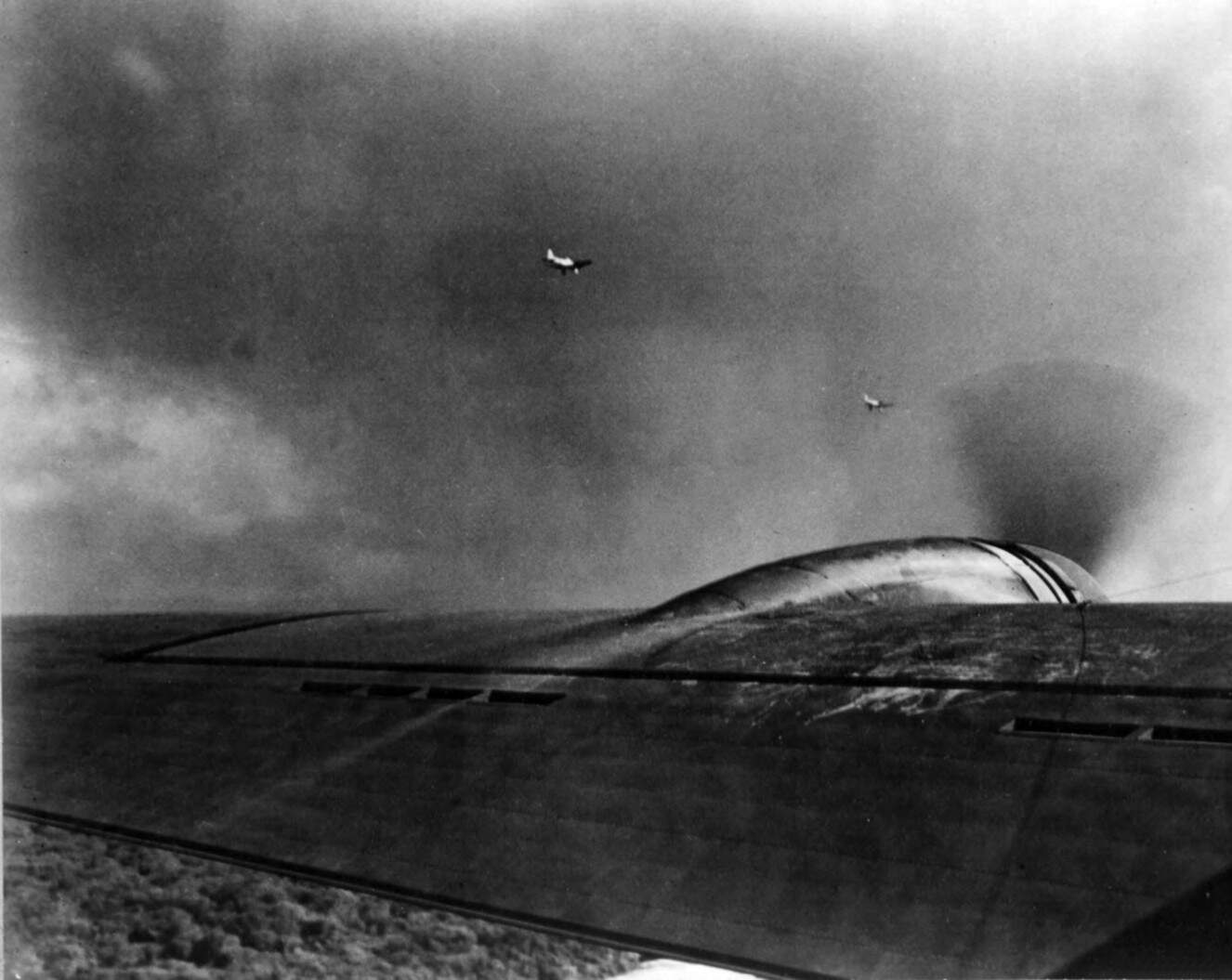
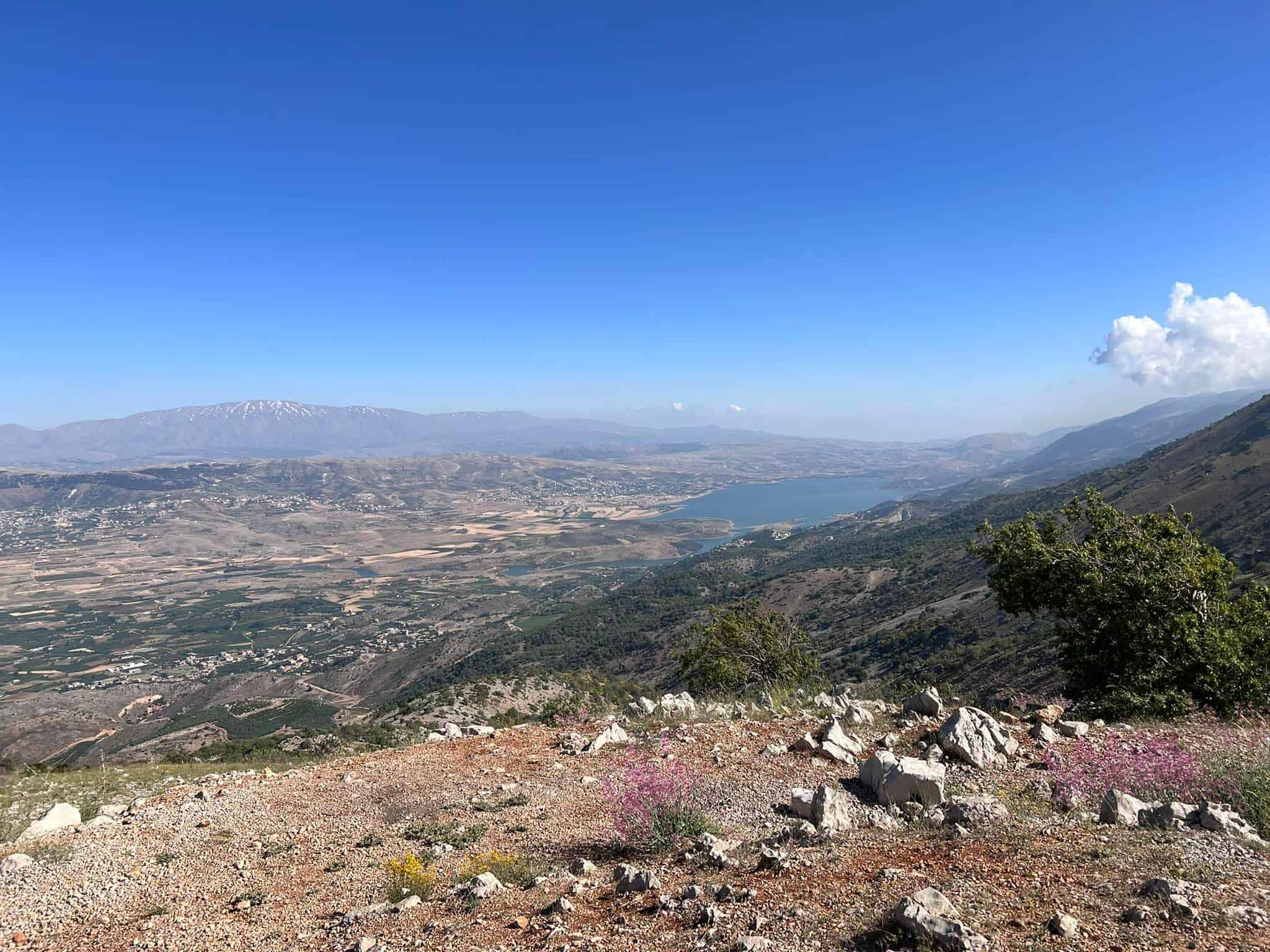
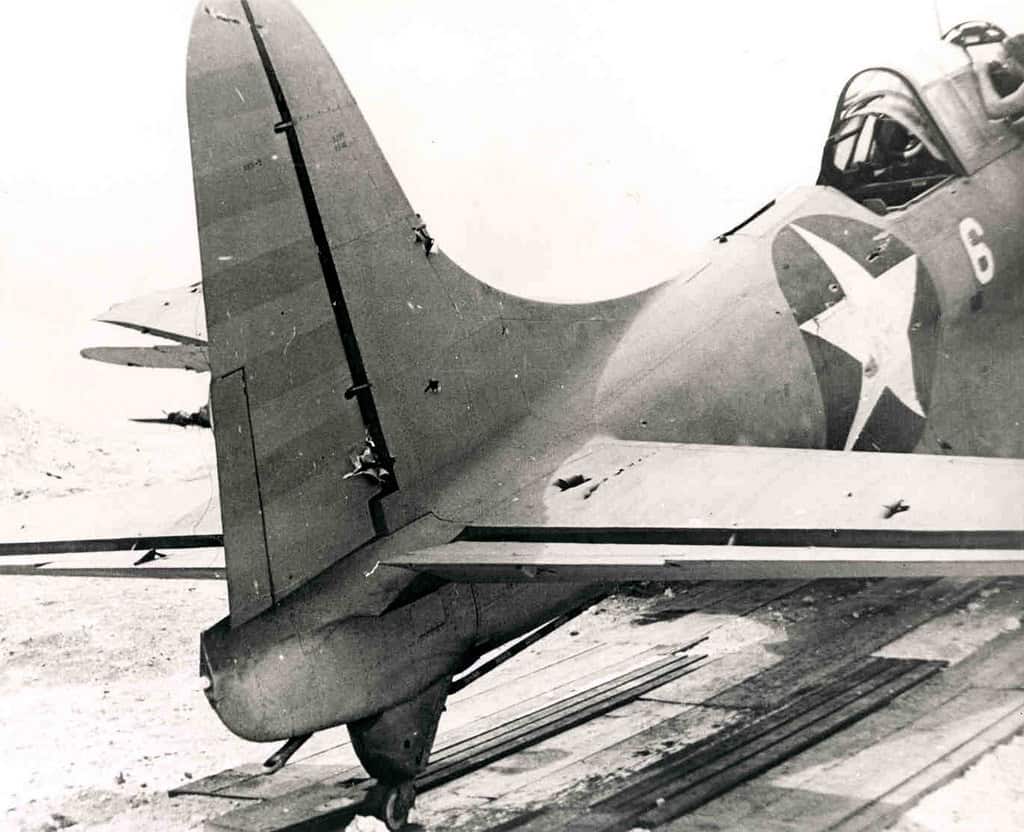

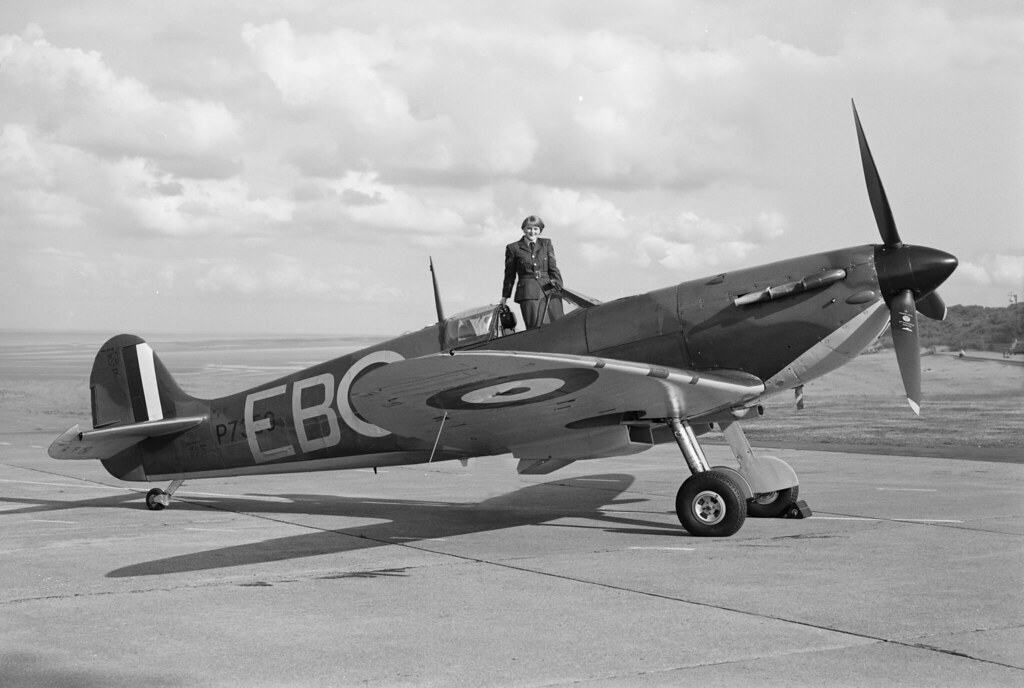
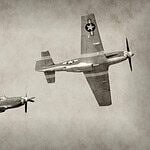
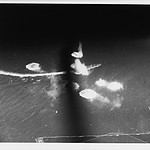
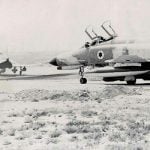
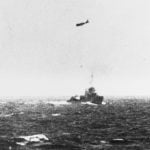

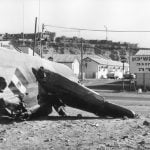
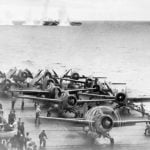
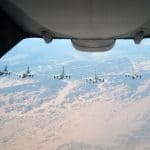
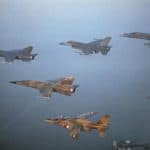

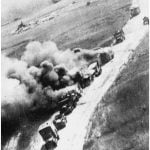
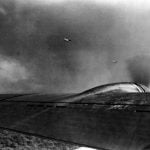

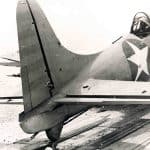


The Most Decisive Air Battles in the History of Warfare
When you look at the overall history of warfare, air battles are still relatively new. Considering the airplane is only around 120 years old, compared to civilizations fighting wars for centuries, air power is a concept the world has only known for a relatively short period. Still, planes have played crucial roles in some of the deadliest and most impactful wars, such as World War I and World War II.
15. Battle of Leyte Gulf
The largest naval battle in world history, the US Third and Seventh Fleets deployed more than 1,200 aircraft against Japan’s Navy, which saw more than 300 aircraft shot down. This victory gave the US a clear route to free the Philippines from Japanese control and eliminate Japan’s ability to gain the oil it needed to reinforce its supply lines.
14. Operation Mole Cricket 19
At the beginning of the 1982 Lebanon War, Israel became the first Western-equipped air force to destroy a Soviet-built surface-to-air missile network. In what would later be known as one of the biggest air battles since World War II, Israel destroyed 82 Syrian planes in a single day without losing a single Israeli aircraft. The IAF's success on this day is widely considered one of the most successful air assaults in history.
13. Battle of the Coral Sea
The Battle of the Coral Sea, which occurred in May 1942, was fought entirely by aircraft, not ships. This major battle between the US and Japan is well known as the first naval battle in which no ships fired a shot. Instead, 128 Allied aircraft faced off against 139 Japanese aircraft, with 69 losses for the Americans against as many as 97 Japanese losses, allowing both sides to declare victory.
12. Dieppe Raid
On August 19, 1942, the Allies attempted an amphibious landing on the port of Dieppe in northern France. Supported by 74 squadrons from the Royal Air Force, the fighting on the ground and in the air was furious. By the time the campaign ended, Germany had defeated the Allies in the sky, downing nearly 100 Allied aircraft while losing only 50 of their own.
11. Ofira Air Battle
One of the first battles of the Yom Kippur War, Egypt attacked Israel’s Base Ofira with 20 Egyptian Air Force MiG-17s and 8 MiG-21 escorts. Unaware of the scope of the attack, Israel launched only two F-4E Phantom II fighter jets, which quickly engaged the Egyptian Air Force.
Despite being heavily outnumbered, Israel managed to shoot down seven aircraft in just six minutes, forcing the rest of Egypt’s Air Force to return to base.
10. Battle of the Philippine Sea
During the Battle of the Philippine Sea between June 19 and 20, 1944, Allied forces looked to permanently end Japan’s ability to mount major naval campaigns in the Pacific theater. In the last carrier versus carrier battle between the US and Japan, the US launched over 950 aircraft against Japan’s 750 aircraft. By the time fighting stopped, as many as 645 Japanese planes were destroyed, while the US only suffered 123 aircraft losses.
9. Operation Iraqi Freedom
In the aftermath of the September 11 attacks, the US initiated Operation Iraqi Freedom in 2003, citing concerns over Iraq's alleged weapons of mass destruction and links to terrorism. The air attack, beginning on March 20, 2003, began with “shock and awe” air strikes that destroyed more than 1,800 Iraqi vehicles, hitting targets with 90% accuracy. Iraq’s Air Force was mostly destroyed before all but a handful of its aircraft could take off.
8. Gulf War
Between January 17 and February 28, 1991, the United States looked to free Kuwait from Iraq, which had unilaterally invaded the country without provocation. Over the five-plus week period, the US flew 1,000 sorties daily, destroying 80% of Iraq’s radar network, 334 Iraqi aircraft, and bombing over 20,000 troops. The US crippled Iraq’s command and control from the air before the ground campaign began, losing only 75 aircraft.
7. Six-Day War
During the Six-Day War between Israel and its Arab neighbors of Egypt, Syria, and Jordan, the Israeli Air Force showcased its incredible strength against overwhelming odds. At the beginning of the conflict on June 5, 1967, Israel had 286 aircraft against a combined 957 aircraft from the Arab states. When the conflict ended, Israel had lost only 19 aircraft to ground fire but had downed 338 enemy aircraft in 170 minutes on the first day of the war.
6. Battle of Kursk
One of the largest battles in history, more than 5,000 aircraft participated in this Eastern Front assault on the Soviet Union by Germany. A critical Soviet victory, it lost 681 aircraft against as many as 3,300 aircraft that Germany’s Luftwaffe lost.
Soviet dive bombers were vital in holding back German lines as the latter’s ground forces pressed the attack against German infantry and Panzer lines. The Soviets suffered heavy losses on the ground before focusing on overpowering Germany in the air, allowing its ground troops to advance.
5. Pearl Harbor
When Japan surprised the US Navy at Pearl Harbor on December 7, 1941, it did so with a mix of fighters, bombers, and torpedo planes. Japan was highly effective in its attack and had planned for the shallow harbor waters, and 353 aircraft attacked. After the attack, the US lost 19 warships, 300 aircraft, and 2,500 Americans had perished in a devastating one-sided battle that would drag the US into World War II.
4. Bekka Valley
On June 6, 1982, when Israel invaded Lebanon to set up a defensive zone, there was a concern that Syrian surface-to-air missiles would attack. Israel tricked Syria into revealing the positions of these sites, and though outnumbered, 96 Israeli F-15 and F-16 aircraft took on 100 Syrian planes. Israel shot down 29 aircraft on the first day and 35 on the second, without losing a single aircraft.
3. Battle of Midway
One of history’s most decisive naval battles, the June 4, 1942, Battle of Midway was just as important in air battle history. With the United States anticipating the Japanese attack at Midway, US carriers waited for the Japanese to arrive. Wave after wave of US bombers destroyed Japan’s four remaining carriers and 248 aircraft.
Japan’s navy was crippled, and even with 150 aircraft lost, the US maintained its military advantage, eventually forcing Japan to surrender.
2. Battle of Saint-Mihiel
During World War I, the first major US offensive was also one of the first to involve aircraft. Over 1,400 Allied aircraft, as part of the US Army Air Service, demonstrated the role of air superiority as Germany suffered heavy losses.
Between September 12 and 16, 1918, 610,000 men fought on the battlefield at St. Mihiel. The US's decisive victory was both a morale boost and a key indicator of how important aircraft would become in the future of warfare.
1. Battle of Britain
In the history of the world, there may be no single more critical air battle than that of the Battle of Britain. With fewer than 2,000 aircraft piloted by crews from Britain and beyond, the United Kingdom had to hold out against Germany’s superior force of 2,500 aircraft. By the time the battle ended, Britain had lost over 1,000 aircraft, but maintained enough strength to repel the German assault.
